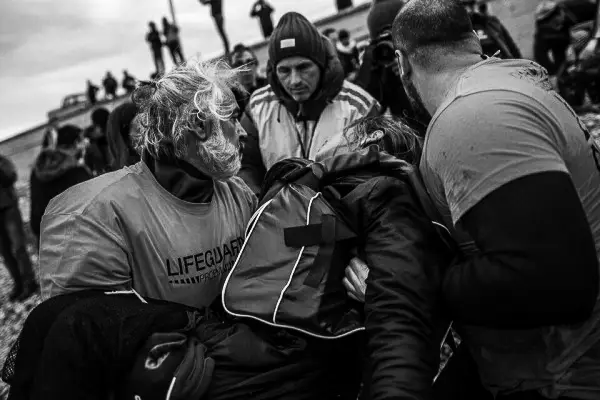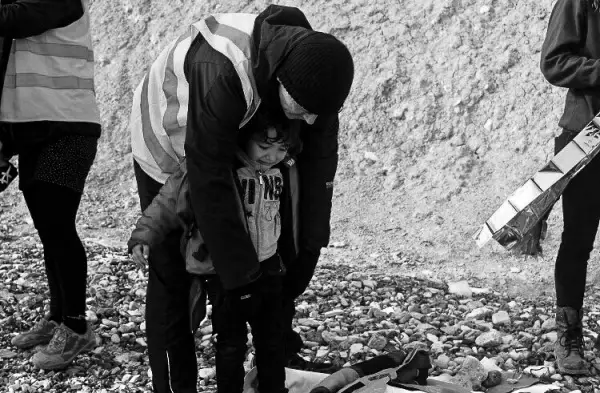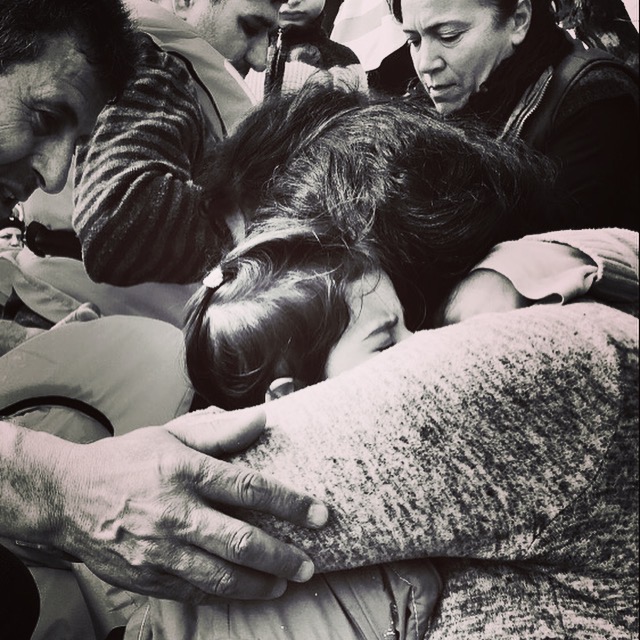Recreate life
To write is to recreate images of situations I have experienced, words I have caught, or people I have met. One of the images I will never forget is of a refugee woman carrying her child in a dirty sling in an endless column of refugees. She had plastic bags on her feet, a kind of illusory protection against the hot sand. The plastic bag was white, and the sharp contrast against the red blood from her torn feet hit me when I saw her.

The three-year- old boy
Another image I will always carry with me is the outstretched arms of a three-year-old Tutsi boy who, along with dozens of other children, sought help by the roadside along the main road into Kigali in Rwanda, while UN vehicles sped by. I noticed the stiff gazes of the soldiers – they saw, but did not want to see. There were too many children. Sometimes I wonder how these soldiers are doing today.
Rwanda massacres
When I was working on the research for Delete, I came across several Senate hearings about the Rwanda massacres. The atrocities outlined shocked me and led me to seek more information about the events that resulted in the deaths of between 800,000 and 1,000,000 people in the most brutal ways during a few short spring months in 1994. I was amazed that the media had almost silently overlooked the tragedies unfolding in the small country.
The numbers game
The numbers from such disasters are always large, and one always runs the risk of becoming “saturated.” Yet there were some numbers that affected me more than others. Among other things, I noted that shortly after the massacres, there were more than 100,000 children wandering in Rwanda. Wandering meant that two-, three-, and four-year-olds walked all alone – without relatives or older siblings to take care of them.
Gradually, the children were gathered and – where relatives were alive – reunited with their families or otherwise cared for. Still, there is a dark number of about 15,000 children who were not accounted for. 15,000 children are missing. The only thing known is that these almost certainly did not die during the massacres.

Fact vs reality
Unfortunately, fiction is becoming a smaller and smaller part of what I need to write. I write “unfortunately” because I would gladly be without the knowledge of all the horrible actions we humans subject each other to every day, every hour, and every minute – worldwide. Now the same thing is happening in Gaza, in Ukraine, and before that, Syria and before that…you know what I mean.

The photo is Czeslawa Kwoka a Polish Catholic, a 14 year old girl, a child. She died in Auschwitz extermination camp on February 18 1943 with a phenol injection into her heart.
Shortly before the execution, she was photographed by the prisoner Whilem Brasse. Brasse, subsequently went on to testify against Kwoka’s executioner.
The photo is the face of a terrified child, who didn’t even speak the language of her executioners and who lost her mother, just a few days before.
